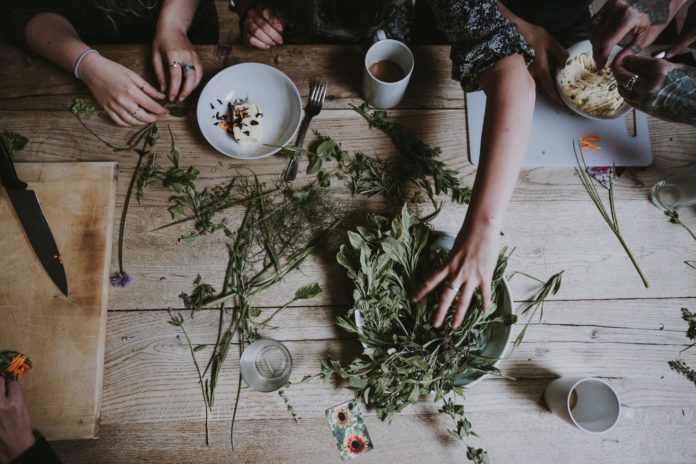Herbs like parsley, sage, rosemary, and thyme are a great way to add flavor and depth to your cooking. But you may not always have fresh herbs on hand. And sometimes dried herbs, which can be kept on your shelf for up to two years if stored properly, are even a better option. There are a few rules to keep in mind when cooking with herbs. Here are some tips for the best way to use both dried and fresh herbs.
In general, an herb’s flavor gets more potent as it dries. As such, you’ll want to use less when using dried herbs than fresh ones: usually one teaspoon dried to one tablespoon of fresh herbs. Fresh herbs are particularly good as a garnish on top of a dish while dried herbs are more often used during the cooking process. However, you can use either in either case. A sprig of fresh herbs is also easier to remove later than chopped-up dried herbs if you want a smooth or unified consistency.
Different types of herbs may be better dried and others better fresh. Herbs like rosemary and bay leaves, where the potent flavor is best infused into the dish are better added dried during cooking. Bay leaves are often dried whole, so they can still be removed later.
Other herbs are more commonly used to add freshness along with flavors such as mint, basil, or cilantro. These herbs are best used fresh and added on top of a dish or in the last steps of cooking it. The sprigs can then be removed after stewing for a minute or two and your dish will have an element of freshness that can’t be found from dried herbs.















